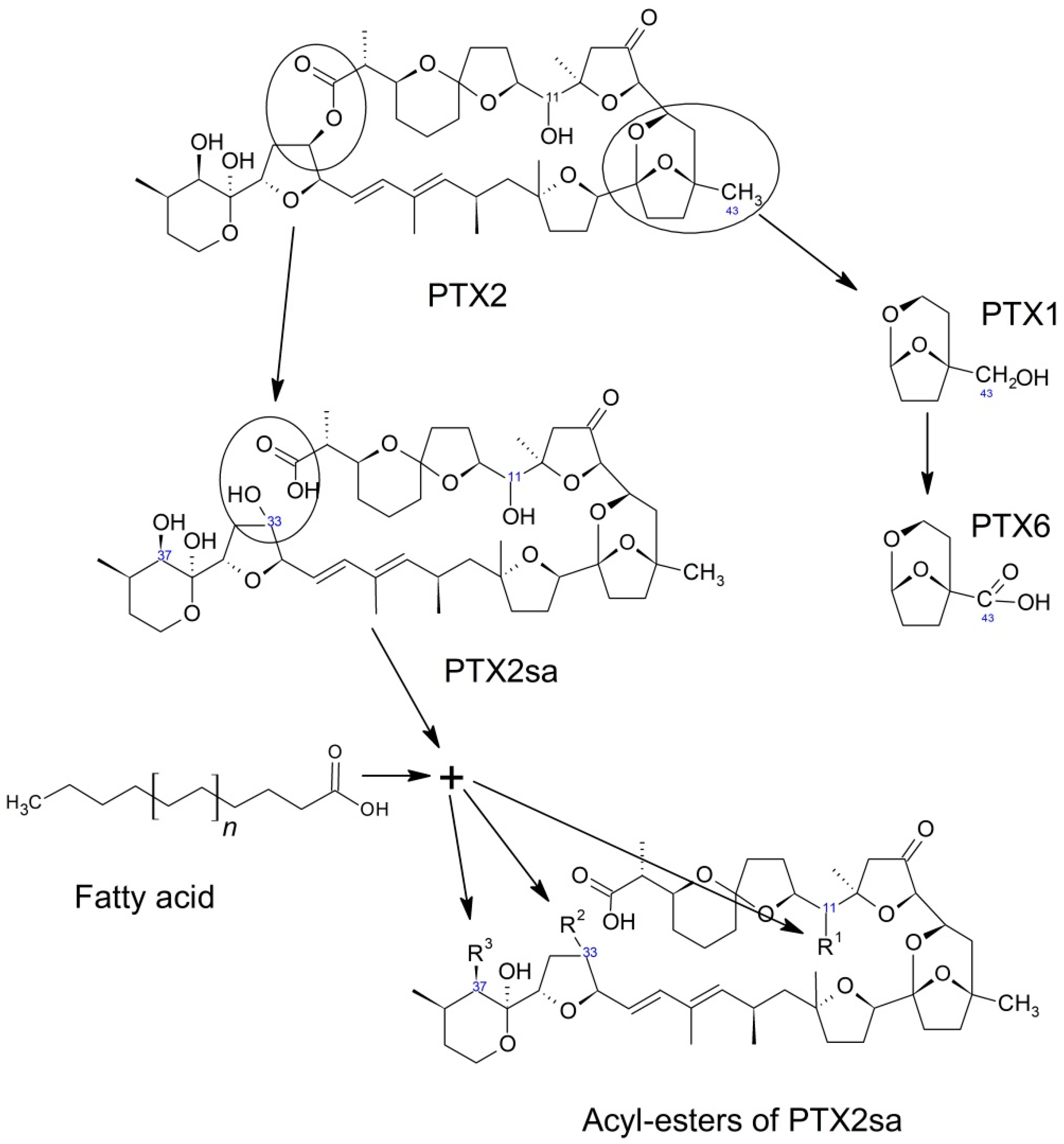

Nanotechnology is a relatively new science however it already has numerous applications in everyday life, ranging from consumer goods to medicine. More experimental investigations are necessary to elucidate better conclusion regarding the safety of nanoparticles on male reproduction system. It seems that nanoparticles have acute and significant effects on spermatogenesis and number of spermatogenic cells. Detailed structural damages were observed with TEM analysis, such as depletion of germ cells, germinal cells necrosis, especially in spermatogonia and Leydig cells had an abnormal fibroblast-like appearance, abnormal space between neighboring sertoli cells, mitochondria, lost cristae and vacuolated (none energized) with those animals exposed to nanoparticles. These changes were observed to have been disappearing from normal histological features.

The changes observed in the testis were disarray of the spermatogenic cells and disorientation of the testis. There was significant difference between the observations of group-1 and group 2. After ninety days (chronic study), rats were sacrificed and testis tissues was processed for histology and transmission electron microscopic study. Each group received the following via gavage technique for 90 days: Control Group (Group-1)-tap water Experimental group (Group 2) - nanoparticles (20ug/kg/day).

Sixteen wistar rats were randomly divided into two groups of 8 rats each. This study therefore, tried to examine the effects of nanoparticles with a diameter range of 5-20 nm on the histology of the testis of wistar rats and correlate it with Transmission Electron Microscopy results. However, little is known about the toxicity in reproductive organs of animal model following exposure to nanoparticles. Nanoparticles (Ag NPs) have recently received much attention for their possible applications in biotechnology and biomedical.


 0 kommentar(er)
0 kommentar(er)
